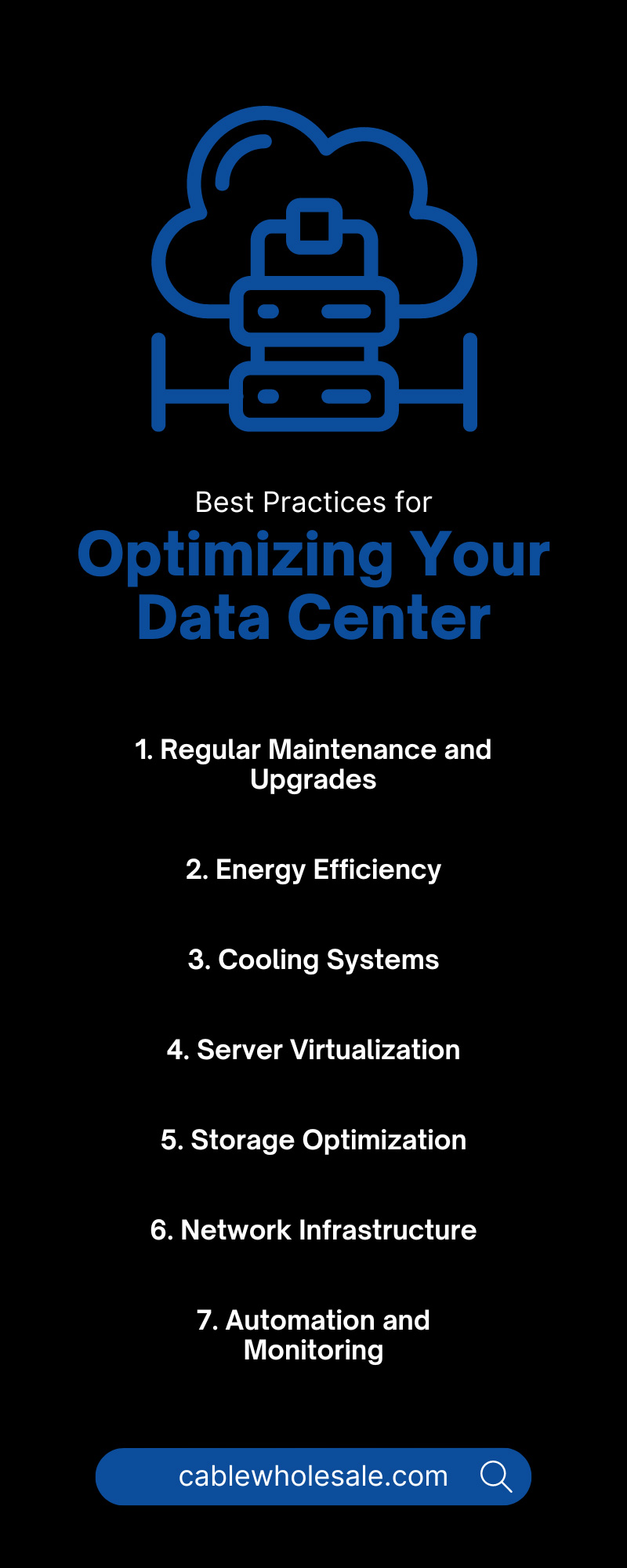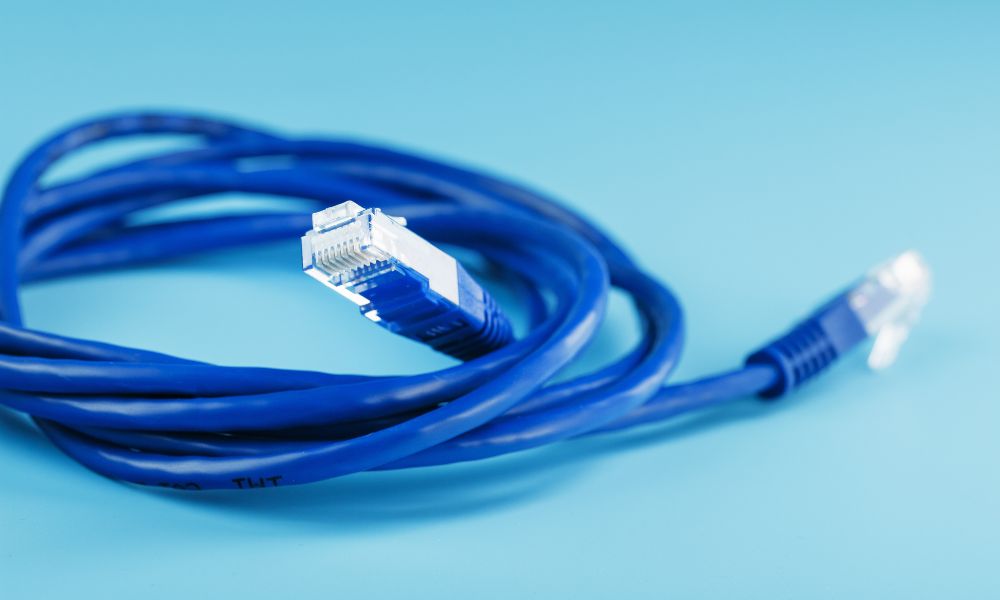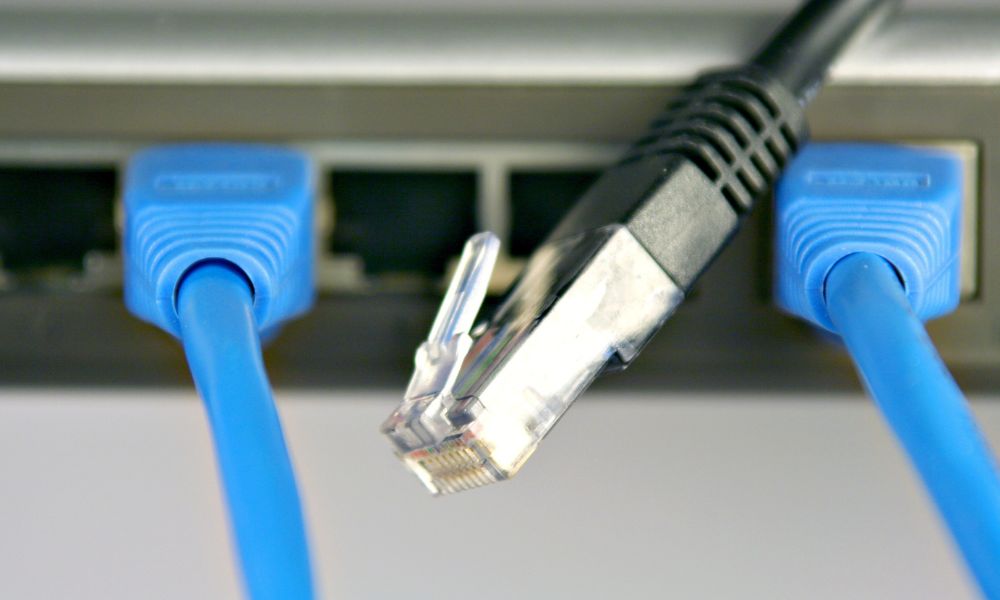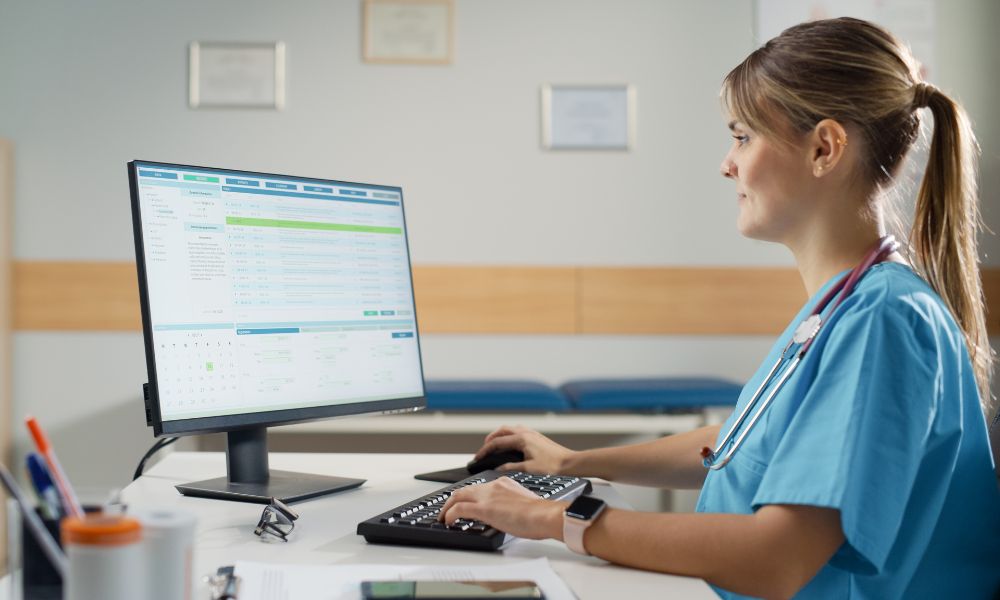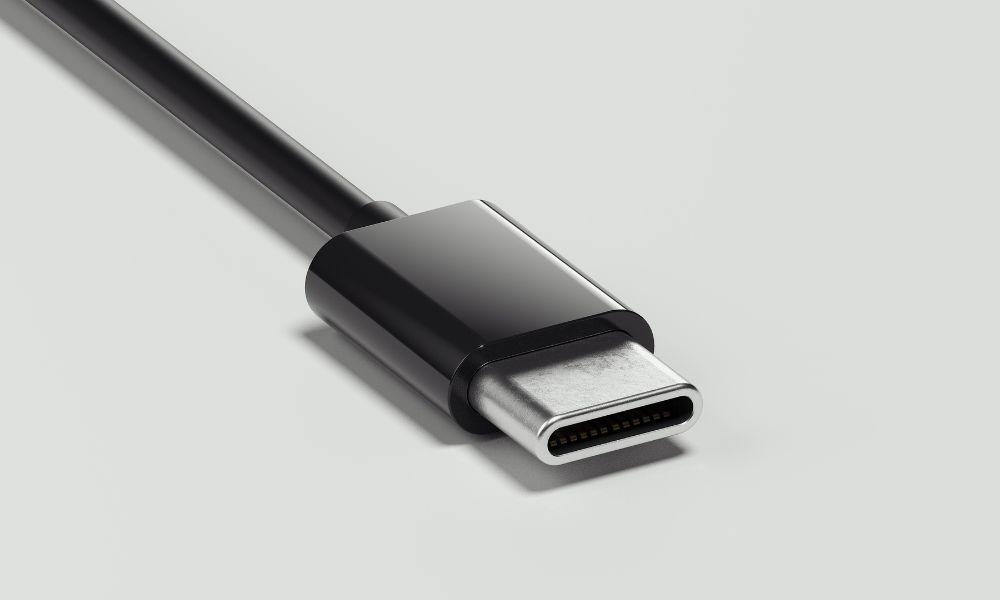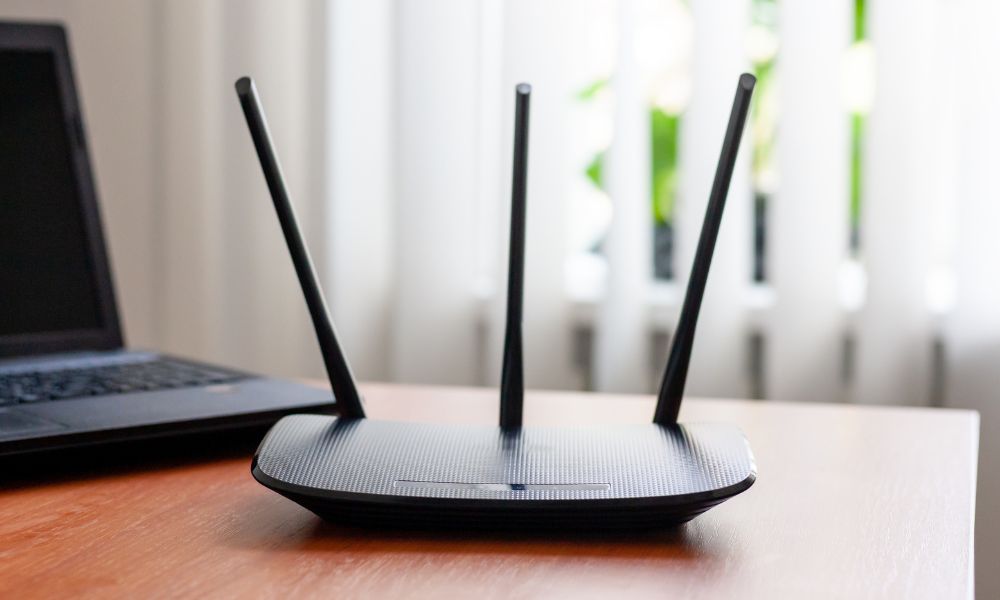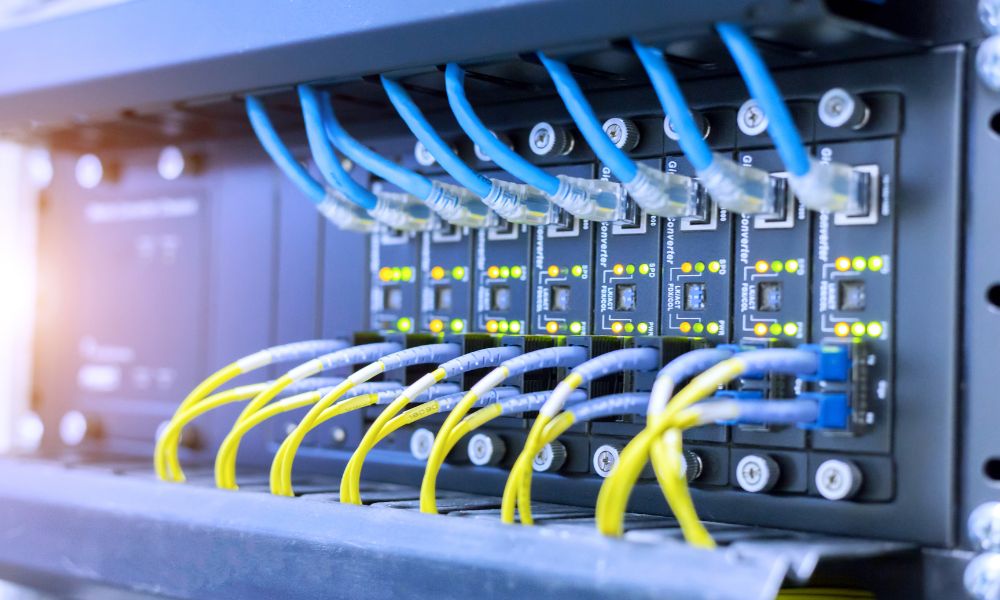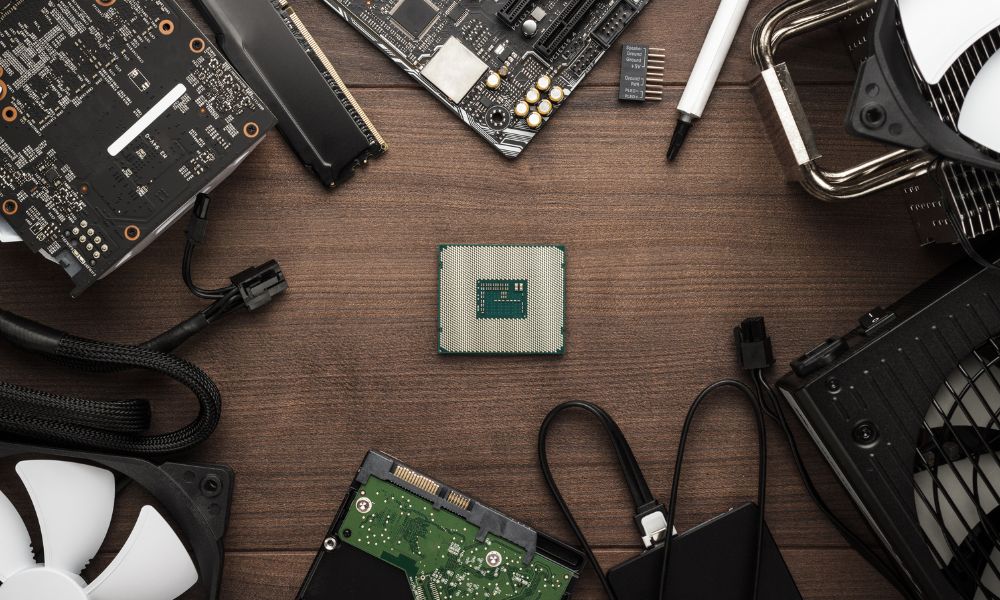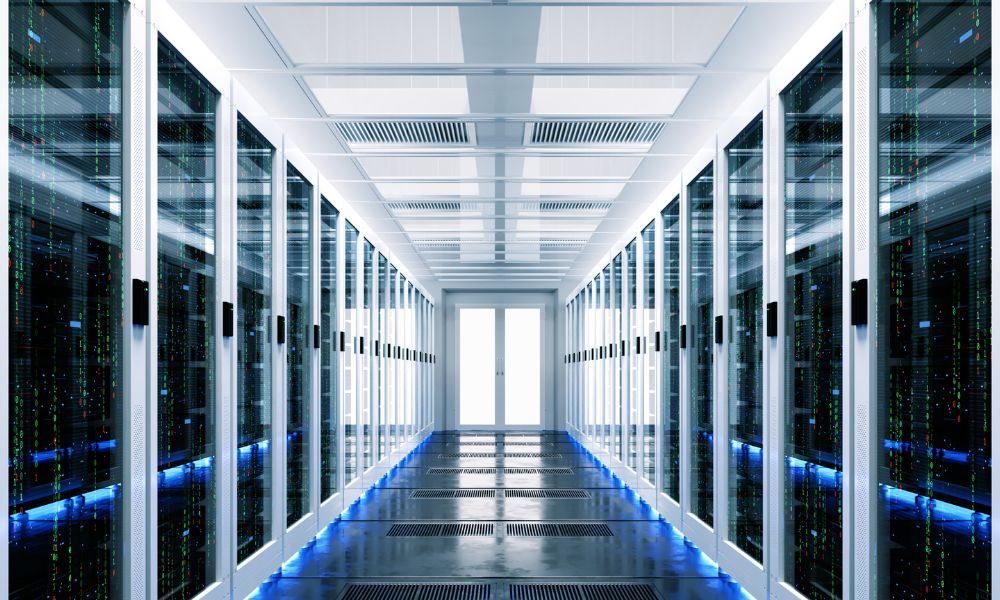
The data center stands as the pulsing heart of all organizational operations, holding valuable data in the intricate world of Information Technology. The operational standards and practices these locations follow are pivotal in providing the best service to businesses and ensuring safety for vast amounts of information. Consider these best practices for optimizing your data center and create a space where technology management is nothing short of efficient.
1. Regular Maintenance and Upgrades
Your data center requires constant vigilance. Regular checks and updates are a proactive defense against system failures and cybersecurity threats. Create a maintenance schedule that addresses everything from hardware integrity to software patches and end-of-life equipment replacements. Neglected updates welcome exploits, and the deployment of the newest technology ensures you have a formidable security system.
2. Energy Efficiency
Adopting green IT practices like free cooling, liquid cooling, and alternative energy sources reduces your center’s carbon footprint and energy bills. Analyze your energy use through tools and services that monitor power consumption, which direct you to underutilized systems or outdated energy-hungry and performance-starved equipment. Go green because a cooler and greener data center is better for the Earth and your fiscal goals.
3. Cooling Systems
Optimal temperature control within your data center is crucial for minimizing operational risks and maximizing hardware lifespan. Implementing advanced cooling systems, such as in-row cooling, hot aisle/cold aisle configurations, or precision air conditioning units, ensures your data center operates within the recommended temperature of around 75 degrees Fahrenheit. These intelligent cooling solutions prevent overheating, reduce the risk of system failures, and improve energy efficiency when combined with humidity controls.
4. Server Virtualization
Server virtualization is a beacon of efficiency and optimization in data center management. Organizations significantly reduce hardware dependency by abstracting physical servers into multiple virtual machines, leading to lower power consumption and a smaller physical footprint.
This approach maximizes server utilization and offers unparalleled flexibility in resource allocation and disaster recovery strategies. Virtualization is a smart move toward an agile, resilient, cost-effective data center infrastructure.
5. Storage Optimization
Storage optimization is the art of making every gigabyte count. Implementing storage tiering and deduplication are strategies that help you manage data more effectively. Storage tiering allows you to match the performance and capacity of data to the value it holds, while deduplication removes redundant data, saving space and improving access times. The goal of this best practice for optimizing your data center is twofold—economizing and enhancing user experience through faster access to necessary data.
6. Network Infrastructure
A robust network infrastructure serves as the backbone of an optimized data center. Your network infrastructure encompasses the physical hardware and the comprehensive management strategies that ensure data flows freely and securely between devices within and outside the organization.
Organizations enhance performance, improve scalability, and secure data transmission by investing in high-speed, low-latency network components and adopting next-generation technologies like Software-Defined Networking (SDN). Prioritizing network agility and security in this manner supports current operational demands and future-proofs your data center against emerging threats and technologies.
7. Automation and Monitoring
Automation and monitoring form the twin pillars necessary for the elevated operational efficiency of a modern data center. Your team can focus on more strategic initiatives that drive business growth by automating routine tasks like data backups, security compliance checks, and system updates.
Meanwhile, comprehensive monitoring tools allow you to keep a vigilant eye on all facets of your data center—from temperature and power consumption to network performance and security threats. This real-time insight enables proactive management to identify and address potential issues before they escalate. Adopting a robust automation and monitoring framework is thus essential for maintaining a high-performance, secure, and reliable data center environment.
8. Disaster Recovery Planning
Disaster recovery planning is your data center’s safety net, ensuring business continuity in the face of unforeseen events. Your recovery plan is a comprehensive strategy aimed at promptly restoring systems and data, minimizing downtime, and mitigating the impact on operations. This plan should include regular backup schedules, secure off-site storage solutions, and clear recovery protocols.
You solidify your organization’s resilience against data breaches, natural disasters, and system failures by rigorously testing and updating your disaster recovery plan. Remember, the ability to quickly bounce back is the differentiator between leading the market and lagging in today’s fast-paced digital environment.
9. Security Measures
Security measures are the bulwark against myriad threats that loom over data centers, vital for protecting sensitive data and ensuring compliance with regulatory standards. This layered security approach is paramount, encompassing physical security, network defenses, and cybersecurity protocols.
A reliable security system includes advanced firewalls and intrusion detection systems, stringent access controls and authentication mechanisms, and regular security audits and penetration testing. Additionally, educating staff on security best practices and maintaining an up-to-date awareness of emerging threats is crucial to fortifying your data center against breaches.
10. Buying Bulk Technology
Investing in technology in bulk presents a suitable strategy to optimize your data center’s cost management and efficiency. Bulk purchases often unlock significant discounts, especially when buying bulk cables, reducing the overall expenditure on hardware and software. This approach ensures uniformity across your IT infrastructure while simplifying maintenance and support processes.
Buy your hardware from a bulk cable company like CableWholesale. We offer excellent discounts with full warranties. Keep your data center stocked and prepared with bulk options that prevent downtime and make repairs and replacement easier.
11. Collaboration and Training
Fostering a culture of collaboration and continuous training is key to staying ahead in a highly technical and rapidly evolving field like data center management. Encourage your team to share insights, challenges, and solutions regularly.
Investing in training programs and certifications for your staff enhances their professional development and ensures your data center benefits from the latest industry knowledge and practices. Equip your personnel with the skills to tackle current complexities and anticipate future developments, solidifying your organization’s competitive edge.
12. Agility and Scalability
Agility and scalability are cornerstones for data centers poised for growth and resilience. A center that swiftly adapts and scales in response to evolving workloads, technologies, and business demands is essential for maintaining a competitive edge and ensuring uninterrupted service delivery.
This scalability involves deploying modular infrastructure, investing in scalable storage solutions, and employing elastic computing resources. These strategies allow for rapid expansion or contraction with minimal disruption to operations, enabling your data center to meet current needs and stay well-prepared for future technologies and market shifts.
With these practices in the arsenal of your data center management, you’re well on your way to ensuring your digital fortress stands strong, secure, and efficient. Harness the power of these best practices and gear up for an optimized future, whether you tackle them all at once or one at a time.
